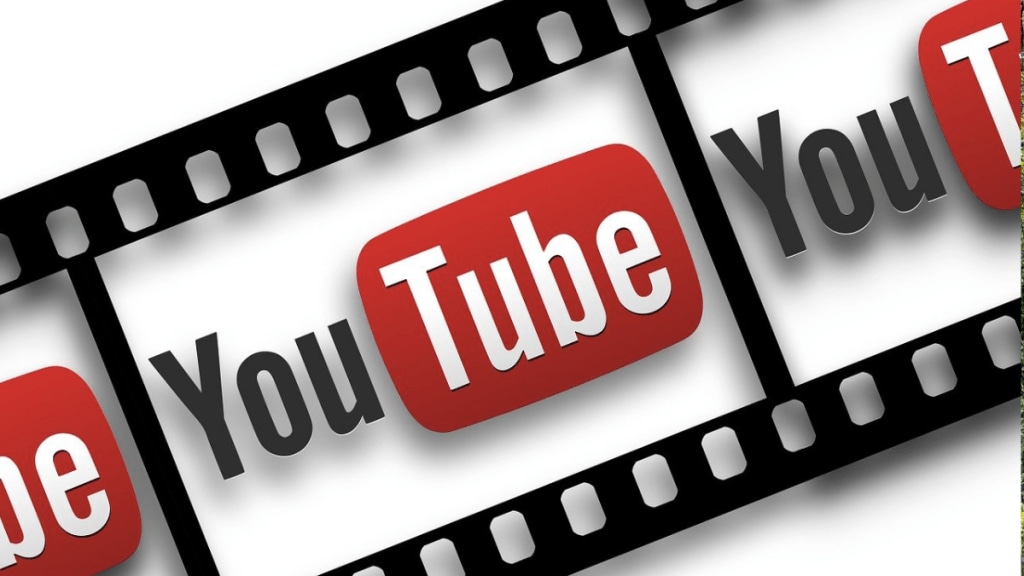YouTuber Mohak Mangal released a video titled “Dear ANI” on May 26, accusing news agency ANI of extortion. He claimed that ANI demanded Rs 50 lakh in penalties from him to remove copyright strikes from his channel. The strikes stemmed from clips, eleven and nine seconds long, used in Mangal’s videos on the Kolkata rape case and Operation Sindoor, respectively. ANI cited copyright infringement.
As per YouTube’s policy, three copyright strikes can result in a channel’s deletion. Concerned, Mangal’s team member Ajeesh Babu reportedly reached out to an ANI representative via WhatsApp. He was asked to send an email and soon received an official reply. “We take the violation of ANI’s intellectual property rights very seriously,” the email reportedly said. “The discounted cost, including penalties for the copyright strikes, is Rs 48 lakh plus GST per annum, payable in full in advance. Once the payment is made, all strikes will be retracted as the license will be purchased,” it added.
When Babu followed up with a call, the ANI employee allegedly brought down the amount quoted in the email to Rs 40 lakh. He explained that the strike was issued because Mangal used ANI’s footage without permission, regardless of how short the clip was.
ANI has not responded to FinancialExpress.com’s request for a comment till the time of publishing this story.
Amid this ANI vs YouTubers saga, news agency PTI announced that it will offer “highly affordable access to its videos” for creators to use on YouTube and other social media platforms.
Social Media Outrage: ‘3-strike-rule fuels extortion racket’
Following this, a lot of YouTubers came out in his support on social media, calling it an “extortion by ANI”. One said, “ANI also doesn’t put all videos in one copystrike. They will purposefully put strikes by separating them into 3 so that the channel can be deleted. After you reach out to them, they will ask Rs 5 lakh per video/strike and subscription to their video package of 2 lakh rupees per month.”
YouTuber Dhruv Rathee said, “Before giving a copyright strike, give creators a chance to delete the ‘copyrighted’ clip from their video if it’s less than 10 seconds…. It will stop the whole blackmail and extortion.”
‘We don’t decide who owns the rights to content’: YouTube
YouTube distanced itself from the controversy. “YouTube works hard to balance the rights of copyright holders with the creative pursuits of the YouTube community,” its spokesperson told FinancialExpress.com.
“It’s not up to YouTube to decide who ‘owns the rights’ to content, which is why we give copyright holders tools to make copyright claims and uploaders tools to dispute claims that are made incorrectly.”
According to the platform, when a copyright holder notifies YouTube of an alleged infringement, it reviews each takedown request to ensure it contains all required information and shows no signs of abuse.
The company further emphasised that users can file counter-notifications if they believe their content has been misidentified or qualifies for copyright exceptions like fair use. Copyright strikes can be resolved by submitting a valid counter-notice, obtaining a retraction from the original claimant, or simply waiting 90 days for the strike to expire.
What does the law say: Understanding Section 52 of the Copyright Act
The Copyright Act gives exclusive rights to individuals to their creations, allowing them to control their utilisation and distribution, with a few exceptions. Section 52 of the same Act defines “fair dealing” of the copyrighted content. It includes copyrighted content used for private or personal use, including research, criticism or review, whether of that work or of any other work; the reporting of current events and current affairs, including the reporting of a lecture delivered in public.
Questioning ANI’s actions, Sonam Chandwani, Managing Partner, KS Legal and Associates, told FinancialExpress.com, “Section 52 of the Indian Copyright Act, 1957, exists to protect speech, debate, and democratic dialogue. While ANI’s ownership over its footage isn’t in question, its alleged enforcement tactics reek of opportunism, weaponising copyright law not to safeguard intellectual property, but to intimidate and financially pressure independent creators.”
Another advocate, Rizwan Siddiquee, explains, “If YouTube has acted against the interest of a user on the basis of a copyright claim or copyright strike, then the rights of an aggrieved user can even be enforced through the Courts if required.”
“If ANI had any copyright claims against Mohak Mangal then the first legal step on the part of ANI would be to issue a ‘cease and desist notice’ to the Mohak Mangal,’ thereby giving him a fair opportuinity to rectify the wrong if any, or even challenge the copyright claims of ANI, on merits,” he further told FinancialExpress.com.”
To get a broader context of this Act, let us look at some of the past rulings. In India TV Independent News Service Pvt Ltd vs Yashraj Films Pvt Ltd (2016), the Delhi High Court held that news channels can claim “fair dealing” of copyrighted work when they use brief, transformative excerpts, such as film clips, either to critique or report as long as the use doesn’t act as a substitute for the original work.
Furthermore, in Super Cassettes Industries Ltd vs Chintamani Rao (2011), the court observed that broadcasting entire copyrighted works under the guise of news coverage goes beyond the bounds of fair dealing.

